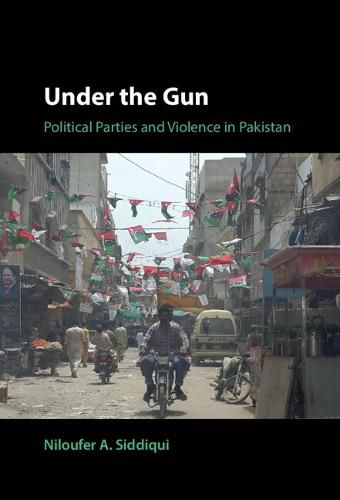Readings Newsletter
Become a Readings Member to make your shopping experience even easier.
Sign in or sign up for free!
You’re not far away from qualifying for FREE standard shipping within Australia
You’ve qualified for FREE standard shipping within Australia
The cart is loading…






Political parties are integral to democracy and yet they frequently engage in anti-democratic, violent behaviour. Parties can employ violence directly, outsource violence to gangs and militias, or form electoral alliances with non-state armed actors. When do parties engage in, or facilitate, violence? What determines the strategies of violence that they employ? Drawing on data from Pakistan, Under the Gun argues that party violence is not a simple manifestation of weak state capacity but instead the intentional product of political incentives, further complicating the process of democratization. Using a rigorous multi-method approach based on over a hundred interviews and numerous surveys, the book demonstrates that a party’s violence strategy depends on the incentives it faces in the subnational political landscape in which it operates, the cost it incurs from its voters for violent acts, and its organizational capacity for violence.
$9.00 standard shipping within Australia
FREE standard shipping within Australia for orders over $100.00
Express & International shipping calculated at checkout
Political parties are integral to democracy and yet they frequently engage in anti-democratic, violent behaviour. Parties can employ violence directly, outsource violence to gangs and militias, or form electoral alliances with non-state armed actors. When do parties engage in, or facilitate, violence? What determines the strategies of violence that they employ? Drawing on data from Pakistan, Under the Gun argues that party violence is not a simple manifestation of weak state capacity but instead the intentional product of political incentives, further complicating the process of democratization. Using a rigorous multi-method approach based on over a hundred interviews and numerous surveys, the book demonstrates that a party’s violence strategy depends on the incentives it faces in the subnational political landscape in which it operates, the cost it incurs from its voters for violent acts, and its organizational capacity for violence.